
Ethiopia & Mozambique
The Ultimate Resource
for Diplomats and Business Leaders

Bilateral Similarity Index BSX:
60.1%

Did you know that Ethiopia and Mozambique are most similar in professional expertise?
Discover the results of our extensive 40-area analysis in a premium 300-page, full-color hardcover report!

Leadership Timeline

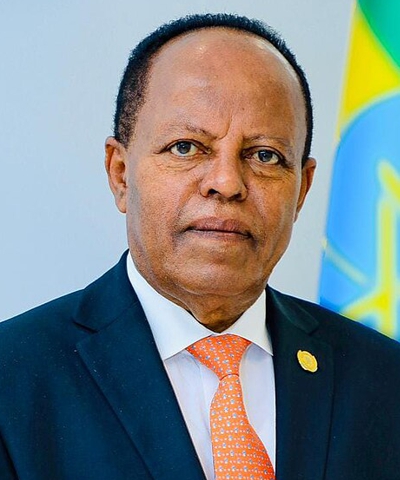
Taye Atske Selassie
President

Taye Atske Selassie
President
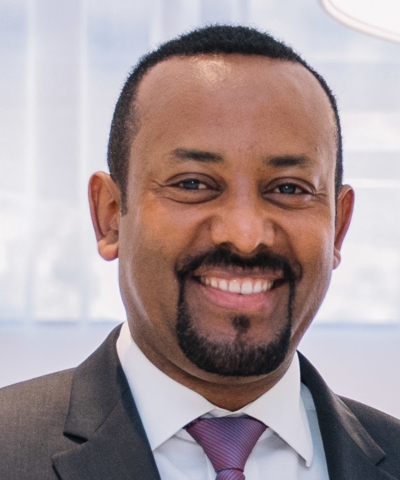
Abiy Ahmed
Prime Minister

Gedion Timotheos
Minister of Foreign Affairs
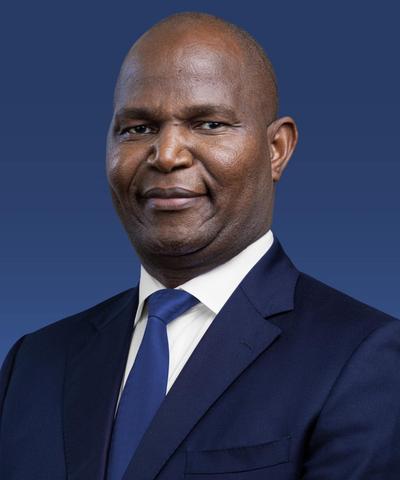
Daniel Chapo
President
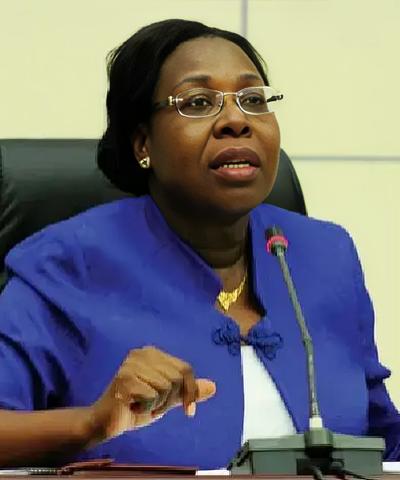
Maria Benvinda Delfina Levi
Prime Minister
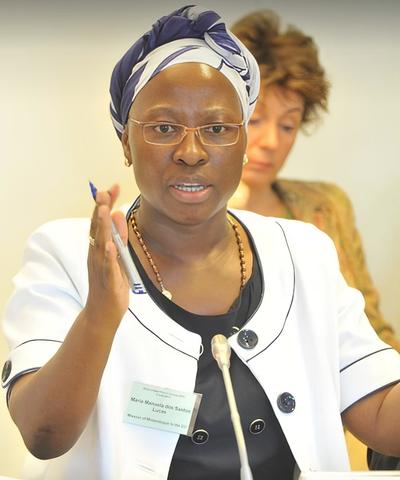
Maria Manuela dos Santos Lucas
Minister of Foreign Affairs



What's Inside the "Ethiopia & Mozambique" Report?
Each Bilateral Navigator report is a vital resource for diplomats and business leaders, offering quick insights into a foreign country through comparison with their own. By analyzing 40 key areas, we calculate the similarities between Ethiopia and Mozambique, covering topics like geography, economy, international relations, and culture. This empowers you to confidently engage in a new country, impressing your hosts with data-driven knowledge while celebrating the bilateral relationship rather than focusing on one country alone.
1. Geopolitical Context: Compare the geography, demographics, and transport systems of Ethiopian and Mozambican regions to uncover strategic advantages and shared interests.
2. Economic Synergy: Explore Ethiopia and Mozambique's economic outputs, trade relations, investments, and tourism flows, highlighting complementary strengths.
3. Green Partnership: Examine how the countries align in agricultural practices, energy production, and environmental policies, advancing sustainability together.
4. Human Empowerment: Analyze the healthcare and education systems of both Ethiopia and Mozambique, along with social equity and gender balance efforts, spotlighting progress in human development.
5. Innovation Nexus: Explore high-tech sectors, shared skills, and educational exchanges between Ethiopians and Mozambicans, showcasing their roles in global innovation.
6. Political Landscape: Discover the governance structures, historical leadership trends, and security policies of Ethiopia and Mozambique, shedding light on their political paths.
7. Diplomatic Cooperation: Review the diplomatic network between Ethiopia and Mozambique, their multilateral treaties, and how closely they align in UN voting patterns, providing insight into their international relations.
8. Business Networking: Understand the professional exchanges and key industries that connect Ethiopian and Mozambican business communities, identifying opportunities for collaboration.
9. Communication & Media: Compare Ethiopia and Mozambique's media landscapes, including telecom, social media engagement, and notable public figures historically or contemporarily connecting the two countries.
10. Shared Passions: From cultural heritage to sports achievements and cuisine, explore the cultural elements that bring Ethiopians and Mozambicans together, highlighting areas of shared interest and enjoyment.







